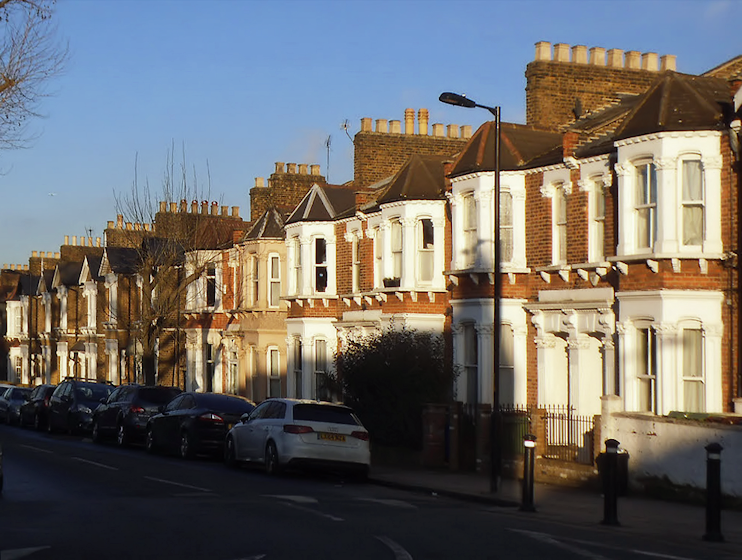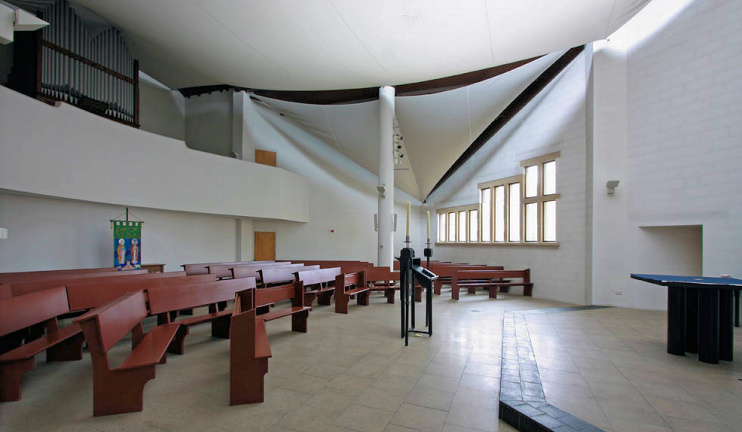Newlands
Newlands, Southwark
Nowadays known to some as Nunhead Heights, this is an increasingly gentrified residential enclave at the southern tip of Nunhead, bordering Peckham Rye

There was almost nothing here but fields until well into the 19th century. One of the locality’s earliest residents was a Mr EA Dunn, who built Bredinghurst House at the eastern end of Stuart Road in 1874.
The original Newlands was a late-Victorian estate for the lower middle classes, which evolved in piecemeal fashion in the area north-west of Surrey Road. The estate was unsuccessful at first, not least because of the absence of mains drainage; properties here still had cesspools in 1883.
The speculative builder Edward Yates laid out the much larger Waverley Park estate from 1884, beginning with Ivydale Road. Yates came from Shrewsbury and Harlescott Road is named after a village that is now a suburb of that Shropshire town.
The housing was followed successively by shops and the Newlands Tavern on Stuart Road, a board school (which is now Ivydale school and children’s centre), a mission hall on Inverton Road and the Waverley Arms on Ivydale Road.
In 1898 Camberwell council set up London’s first ‘children’s scattered homes’ scheme, in which pauper children were cared for in family-style groups living in ordinary urban houses – including numbers 1 to 4 Rye Road – rather than being accommodated en masse in buildings that looked and felt like workhouses. Around 1901 Bredinghurst House was acquired as a ‘headquarters home’ for the scattered homes.
In 1903 St Silas’ church was built on Ivydale Road. A century later the church was demolished owing to subsidence caused by clay heave and it was replaced by the present parish church of St Antony with St Silas. The new church’s interior is shown in the photo below.

The Newlands Tavern was rebuilt by Truman’s brewery in the mid-1930s. A V1 bomb hit the adjoining row of shops in the afternoon of 1 July 1944, killing 17 people. All the shops were destroyed or damaged beyond repair, and were afterwards replaced by flats.
Bredinghurst House became a residence for children with learning difficulties in 1947, and subsequently became Bredinghurst school. The school moved to new premises on the western side of the site in 2011, and was renamed Newlands Academy. The original buildings on the Bredinghurst site have been replaced by overspill classrooms for Ivydale school.
The former Newlands Tavern, latterly the Ivy House, was closed in preparation for its conversion to apartments in April 2012 – but was saved from this fate by a local campaign. The Ivy House reopened in August 2013 as ‘London’s first co-operatively owned pub’ and the first to be listed as an Asset of Community Value.
Elisabeth Frink’s sculpture Eagle on a Pedestal (1965) stands outside Newlands Academy.
